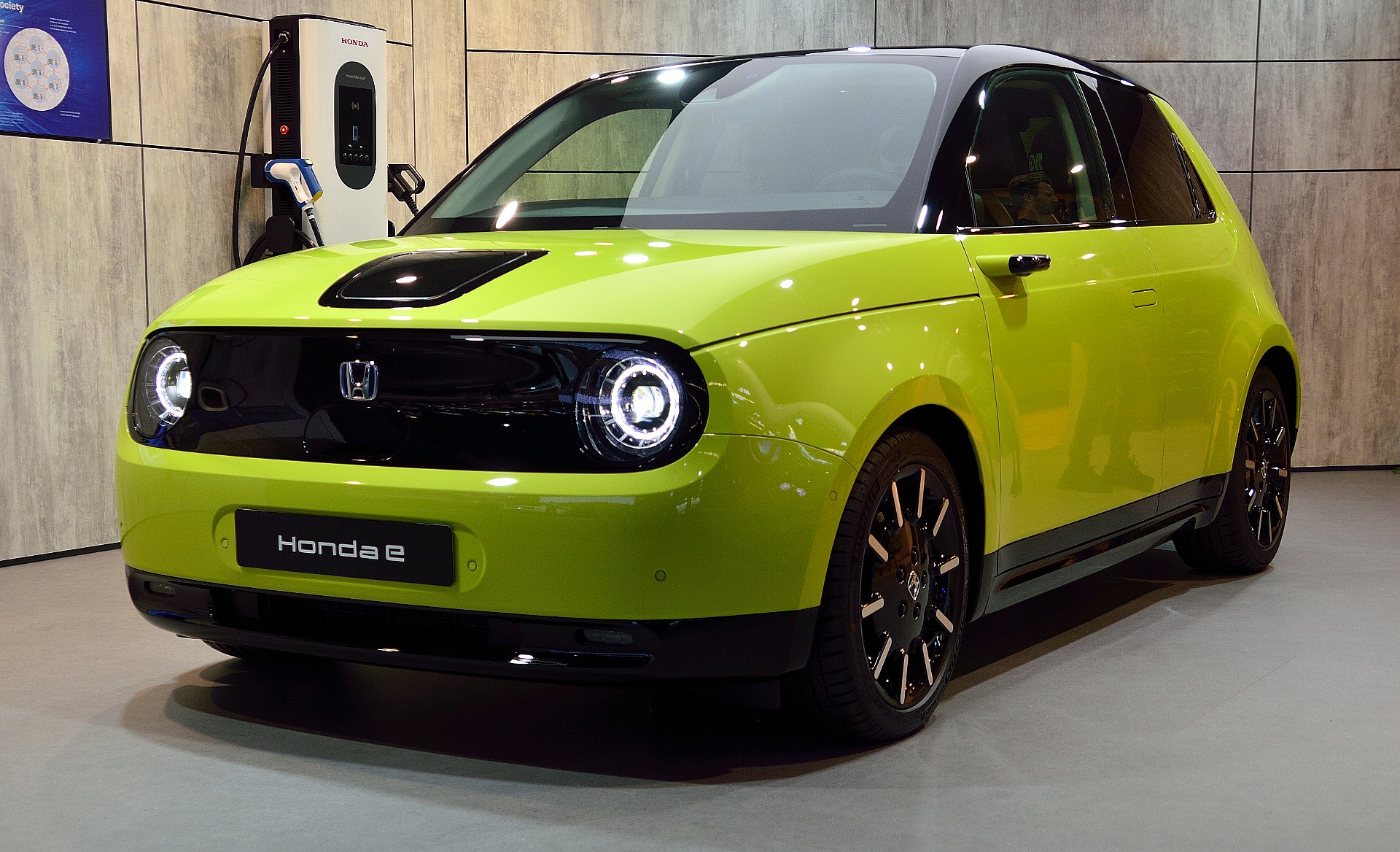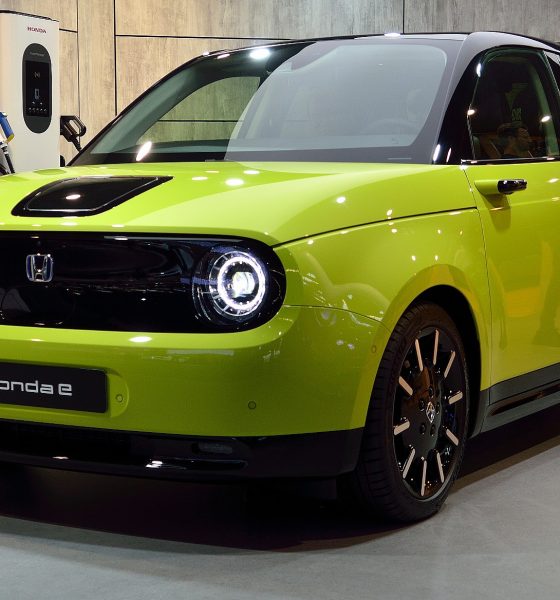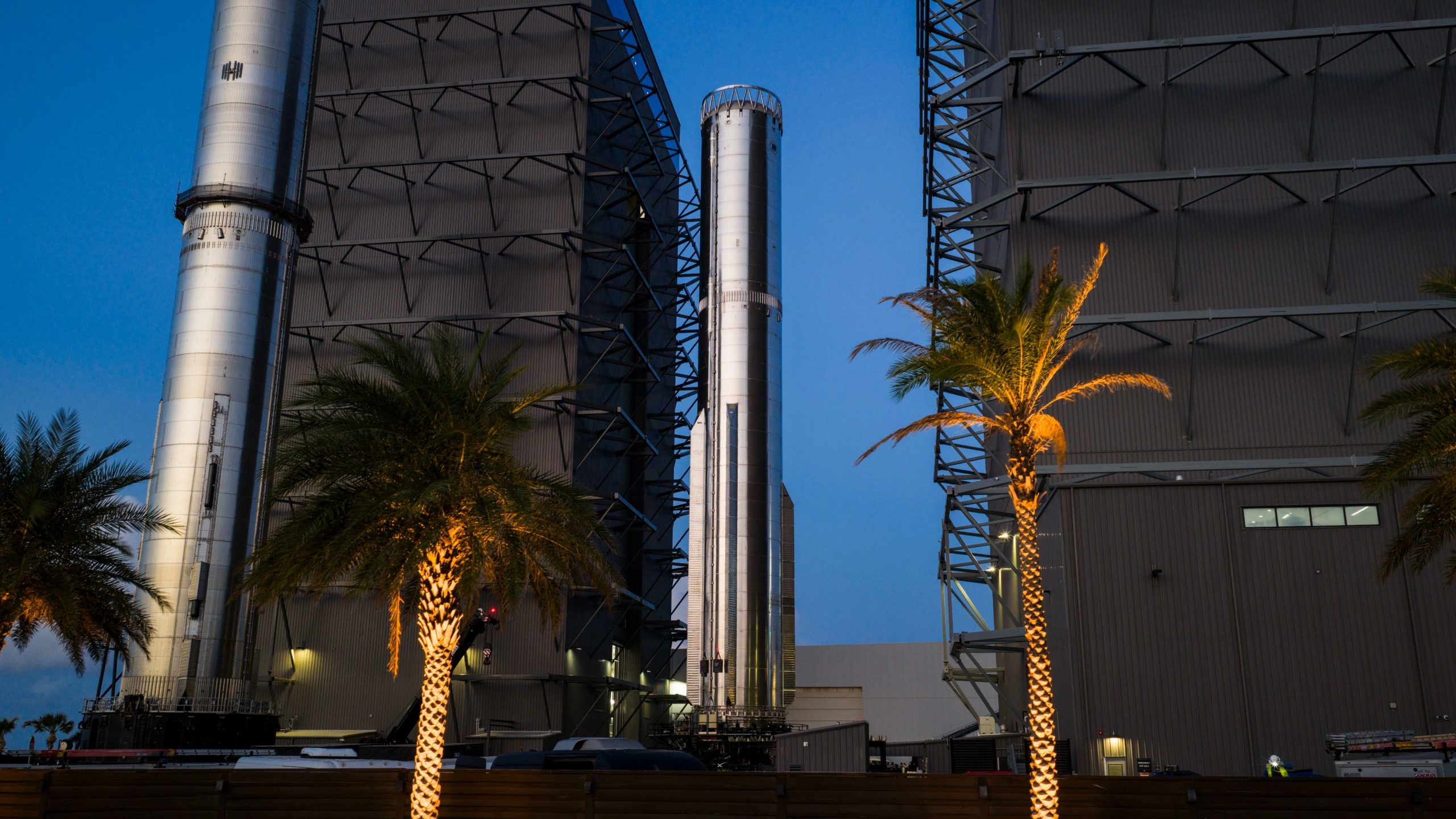

News
Honda CEO denies electric cars, pledges hybrid support: ‘EVs will not be mainstream’
In a rather surprising interview, Honda CEO Takahiro Hachigo revealed that he does not believe in the widespread adoption of all-electric vehicles. This is why he noted that Honda will be focusing its efforts on gasoline-electric hybrid cars instead. This, according to Honda, is a more realistic way of approaching EVs.
While speaking with Automotive News at Honda Motor Co.’s global headquarters in Tokyo, Hachigo stated that battery-electric cars still have a lot of hurdles to go through. Addressing other automakers that are going all-in on electric propulsion, the Honda CEO noted that there’s a chance other companies are getting too optimistic about EVs, or full self-driving initiatives for that matter.
“The hurdles to battery electric vehicles and complete autonomous driving are still quite high. I don’t know whether other manufacturers are becoming too optimistic or not, but apparently the approach in going about these regulations differs from one company to another,” he said.
Hachigo’s statements are quite interesting, considering that Honda is preparing to launch its very own all-electric car, the Honda e. The e has been received warmly by the electric car community, though based on the CEO’s statements, and the fact that the vehicle will not be sold globally, it appears that the vehicle may very well be little more than a compliance car. Hachigo later noted that he does not think that EVs will see a dramatic increase in demand.
“I do not believe there will be a dramatic increase in demand for battery vehicles, and I believe this situation is true globally. There are issues with infrastructure and hardware. There are different regulations in different countries, and we have to abide by them. But I don’t believe it will become mainstream anytime soon,” he added.
As for advanced driver-assist technologies like Tesla’s Autopilot, the CEO was quick to remark that Honda has already developed its own solutions. It should be noted that back in 2017, Honda announced plans to roll out a lane-changing autonomous highway driving system by 2020 and a Level 4 self-driving solution by 2025.
Yet, since these announcements, Honda has been quite silent about the progress of its projects, with Hachigo admitting last month that the company does not really have any horizon as for the introduction of Level 3 automated systems. Instead, the company has decided simply build more features into its Honda Sensing system, which utilizes features like lane-keep assist, blind-spot warning and automatic emergency braking on the road.
For now, Honda is heading towards a potential industry shift in the auto market on its own. Unlike fellow Japanese carmakers like Toyota and Mitsubishi, Honda continues to operate independently. This has allowed the company to make its own decisions without considering a partner’s viewpoints, though it also meant that the company’s share of the market is far smaller than its Japanese rivals. In the last fiscal year, for example, Honda sold 5.3 million vehicles worldwide. The number is impressive, but it is only half of the sales of conglomerates like the Renault-Nissan-Mitsubishi alliance or Toyota, Subaru, Mazda and Suzuki.

Elon Musk
SpaceX issues statement on Starship V3 Booster 18 anomaly
The incident unfolded during gas-system pressure testing at the company’s Massey facility in Starbase, Texas.

SpaceX has issued an initial statement about Starship Booster 18’s anomaly early Friday. The incident unfolded during gas-system pressure testing at the company’s Massey facility in Starbase, Texas.
SpaceX’s initial comment
As per SpaceX in a post on its official account on social media platform X, Booster 18 was undergoing gas system pressure tests when the anomaly happened. Despite the nature of the incident, the company emphasized that no propellant was loaded, no engines were installed, and personnel were kept at a safe distance from the booster, resulting in zero injuries.
“Booster 18 suffered an anomaly during gas system pressure testing that we were conducting in advance of structural proof testing. No propellant was on the vehicle, and engines were not yet installed. The teams need time to investigate before we are confident of the cause. No one was injured as we maintain a safe distance for personnel during this type of testing. The site remains clear and we are working plans to safely reenter the site,” SpaceX wrote in its post on X.
Incident and aftermath
Livestream footage from LabPadre showed Booster 18’s lower half crumpling around the liquid oxygen tank area at approximately 4:04 a.m. CT. Subsequent images posted by on-site observers revealed extensive deformation across the booster’s lower structure. Needless to say, spaceflight observers have noted that Booster 18 would likely be a complete loss due to its anomaly.
Booster 18 had rolled out only a day earlier and was one of the first vehicles in the Starship V3 program. The V3 series incorporates structural reinforcements and reliability upgrades intended to prepare Starship for rapid-reuse testing and eventual tower-catch operations. Elon Musk has been optimistic about Starship V3, previously noting on X that the spacecraft might be able to complete initial missions to Mars.
Investor's Corner
Tesla analyst maintains $500 PT, says FSD drives better than humans now
The team also met with Tesla leaders for more than an hour to discuss autonomy, chip development, and upcoming deployment plans.

Tesla (NASDAQ:TSLA) received fresh support from Piper Sandler this week after analysts toured the Fremont Factory and tested the company’s latest Full Self-Driving software. The firm reaffirmed its $500 price target, stating that FSD V14 delivered a notably smooth robotaxi demonstration and may already perform at levels comparable to, if not better than, average human drivers.
The team also met with Tesla leaders for more than an hour to discuss autonomy, chip development, and upcoming deployment plans.
Analysts highlight autonomy progress
During more than 75 minutes of focused discussions, analysts reportedly focused on FSD v14’s updates. Piper Sandler’s team pointed to meaningful strides in perception, object handling, and overall ride smoothness during the robotaxi demo.
The visit also included discussions on updates to Tesla’s in-house chip initiatives, its Optimus program, and the growth of the company’s battery storage business. Analysts noted that Tesla continues refining cost structures and capital expenditure expectations, which are key elements in future margin recovery, as noted in a Yahoo Finance report.
Analyst Alexander Potter noted that “we think FSD is a truly impressive product that is (probably) already better at driving than the average American.” This conclusion was strengthened by what he described as a “flawless robotaxi ride to the hotel.”
Street targets diverge on TSLA
While Piper Sandler stands by its $500 target, it is not the highest estimate on the Street. Wedbush, for one, has a $600 per share price target for TSLA stock.
Other institutions have also weighed in on TSLA stock as of late. HSBC reiterated a Reduce rating with a $131 target, citing a gap between earnings fundamentals and the company’s market value. By contrast, TD Cowen maintained a Buy rating and a $509 target, pointing to strong autonomous driving demonstrations in Austin and the pace of software-driven improvements.
Stifel analysts also lifted their price target for Tesla to $508 per share over the company’s ongoing robotaxi and FSD programs.
Elon Musk
SpaceX Starship Version 3 booster crumples in early testing
Photos of the incident’s aftermath suggest that Booster 18 will likely be retired.

SpaceX’s new Starship first-stage booster, Booster 18, suffered major damage early Friday during its first round of testing in Starbase, Texas, just one day after rolling out of the factory.
Based on videos of the incident, the lower section of the rocket booster appeared to crumple during a pressurization test. Photos of the incident’s aftermath suggest that Booster 18 will likely be retired.
Booster test failure
SpaceX began structural and propellant-system verification tests on Booster 18 Thursday night at the Massey’s Test Site, only a few miles from Starbase’s production facilities, as noted in an Ars Technica report. At 4:04 a.m. CT on Friday, a livestream from LabPadre Space captured the booster’s lower half experiencing a sudden destructive event around its liquid oxygen tank section. Post-incident images, shared on X by @StarshipGazer, showed notable deformation in the booster’s lower structure.
Neither SpaceX nor Elon Musk had commented as of Friday morning, but the vehicle’s condition suggests it is likely a complete loss. This is quite unfortunate, as Booster 18 is already part of the Starship V3 program, which includes design fixes and upgrades intended to improve reliability. While SpaceX maintains a rather rapid Starship production line in Starbase, Booster 18 was generally expected to validate the improvements implemented in the V3 program.
Tight deadlines
SpaceX needs Starship boosters and upper stages to begin demonstrating rapid reuse, tower catches, and early operational Starlink missions over the next two years. More critically, NASA’s Artemis program depends on an on-orbit refueling test in the second half of 2026, a requirement for the vehicle’s expected crewed lunar landing around 2028.
While SpaceX is known for diagnosing failures quickly and returning to testing at unmatched speed, losing the newest-generation booster at the very start of its campaign highlights the immense challenge involved in scaling Starship into a reliable, high-cadence launch system. SpaceX, however, is known for getting things done quickly, so it would not be a surprise if the company manages to figure out what happened to Booster 18 in the near future.








